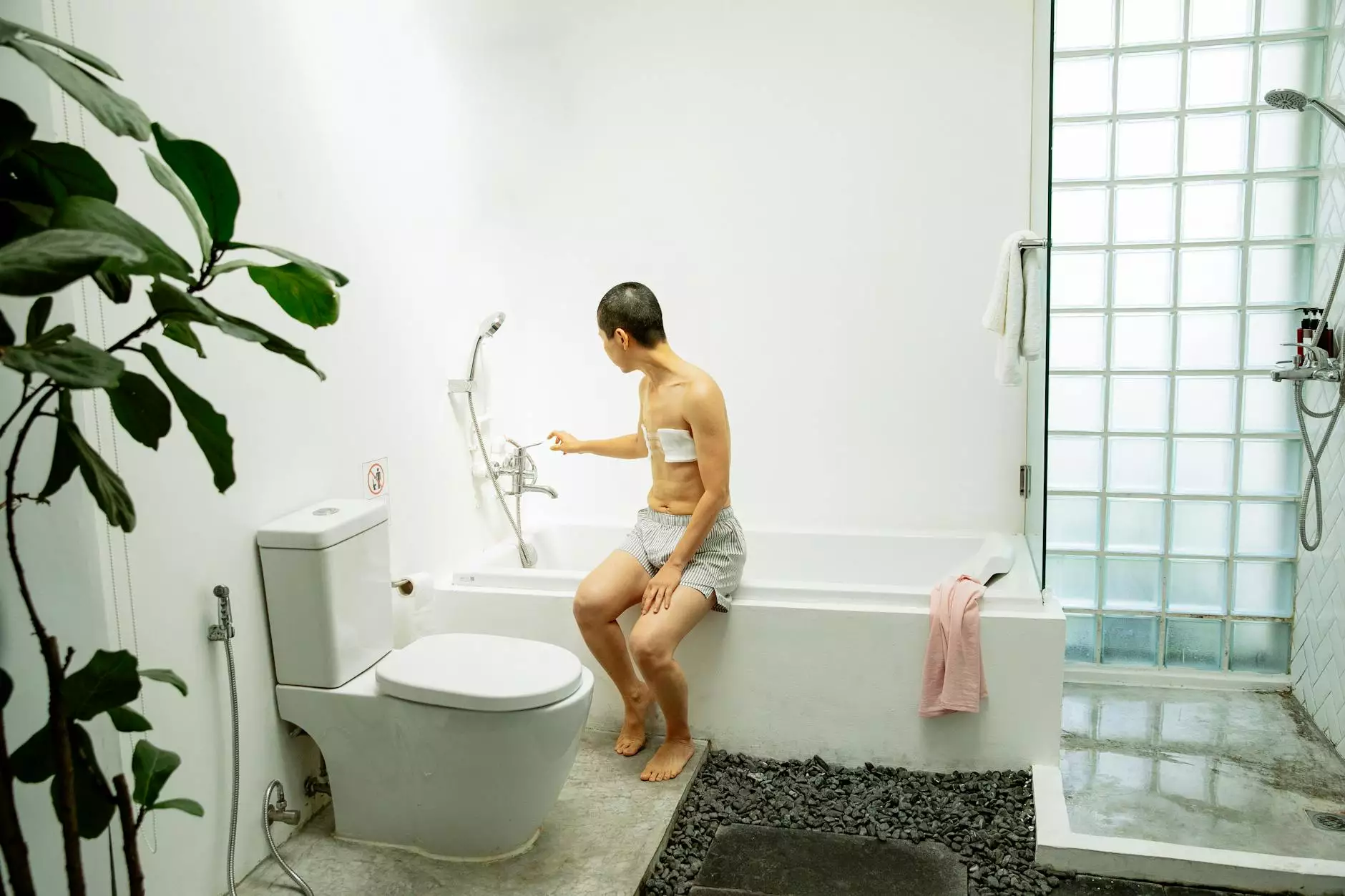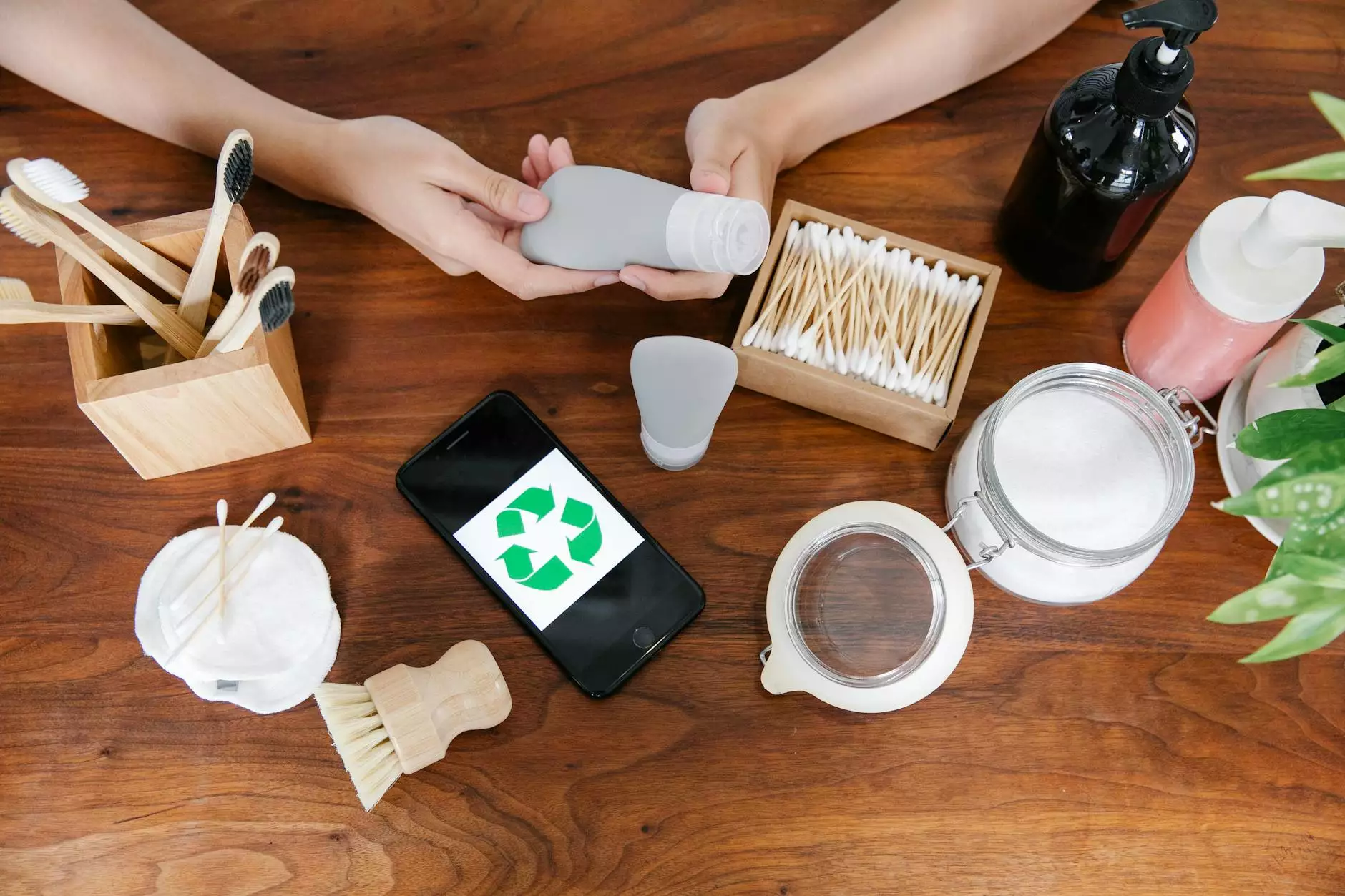Breast Cancer Reconstruction After Lumpectomy

Understanding Breast Cancer and Lumpectomy
Breast cancer is a type of cancer that develops in breast cells. It is important to detect and treat breast cancer early for better outcomes. Lumpectomy, also known as breast-conserving surgery or partial mastectomy, is a surgical procedure performed to remove the tumor or cancerous cells while preserving as much healthy breast tissue as possible.
After undergoing a lumpectomy, it is common to consider breast reconstruction options to restore both the physical appearance and emotional well-being of the patient. Foley James D MD specializes in breast cancer treatment and reconstruction, providing comprehensive care tailored to meet individual needs.
The Importance of Breast Cancer Reconstruction
Breast cancer reconstruction plays a vital role in the overall treatment plan for patients who have undergone lumpectomy surgery. It aims to restore the breast's natural shape, symmetry, and contour following the removal of the tumor. Reconstruction after lumpectomy can significantly enhance a patient's physical appearance, self-confidence, and overall quality of life.
At Foley James D MD, we understand the importance of personalized and compassionate care during the breast reconstruction process. Our experienced team is dedicated to providing state-of-the-art reconstruction options, including implant-based reconstructions, autologous tissue reconstructions, and a combination of both techniques.
Advanced Breast Reconstruction Techniques
Our team of experts utilizes the latest advancements in breast reconstruction to ensure optimal outcomes. With careful consideration of your unique circumstances and preferences, we offer a range of reconstruction techniques tailored to meet your specific needs.
1. Implant-Based Reconstruction
Implant-based reconstruction involves the use of saline or silicone implants to restore the breast's shape and volume. During the procedure, a tissue expander may be placed under the chest muscle to gradually stretch the skin and create space for the implant. Once the desired expansion is achieved, the tissue expander is replaced with a permanent implant.
2. Autologous Tissue Reconstruction
Autologous tissue reconstruction, also known as flap reconstruction, utilizes your body's own tissue to reconstruct the breast. Common donor sites include the abdomen, buttocks, or thigh. This technique provides a natural-looking and feeling breast reconstruction, with results that can age and change naturally along with your body.
3. Hybrid Reconstruction
Hybrid reconstruction combines both implant-based and autologous tissue reconstruction techniques. This approach allows for a more customized and tailored reconstruction, addressing specific patient needs and preferences.
Choosing the Right Reconstruction Option
Selecting the most suitable breast reconstruction option after lumpectomy depends on various factors, including the patient's anatomy, personal preferences, and overall health. At Foley James D MD, we prioritize patient satisfaction, and our team of specialists will guide you through the decision-making process by providing comprehensive information and support.
The Road to Recovery
Breast cancer reconstruction after lumpectomy is a process that requires time and careful post-operative care. Our dedicated team will ensure that you receive proper guidance and support throughout your entire recovery journey. Regular follow-up appointments will be scheduled to monitor your progress, discuss any concerns, and make adjustments if necessary.
Contact Foley James D MD for Breast Cancer Reconstruction
If you have undergone a lumpectomy for breast cancer and are considering breast reconstruction, Foley James D MD is here to help. Our team of experts is committed to providing individualized care and advanced reconstruction options to help you regain your confidence and overall well-being. Contact us today to schedule a consultation or learn more about our services.










